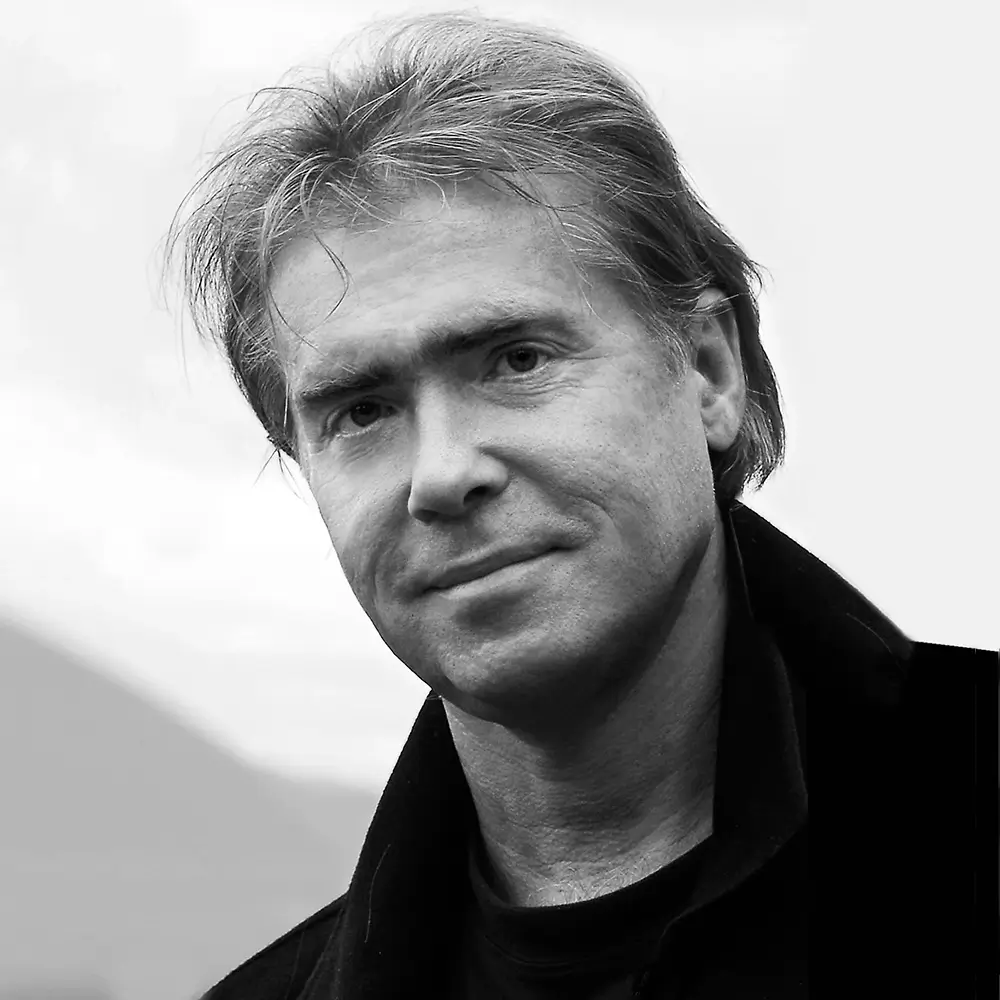Arne Strømme is a Norwegian photographer, born and raised in Trondheim, now living in Molde. He was early attracted to photography, but when it came to choosing a profession, he trained as a landscape architect. About his photography Arne writes:
''My first pictures with a camera struck like lightning, half a century ago. Photography as a creative expression manifested itself immediately, and has been an important part of my life ever since. I wanted to keep photography as a passion and trained as a landscape architect. The combination of architect and photographer is rewarding, with different approaches to my creative urge. Now I can photograph whatever I want, whenever I want, wherever I want. As a photographer, I have a passion for people and the presence of people, despite my great interest in nature. For three decades I have traveled all over the world in search of adventure and magical moments. The process of photography, and the encounters with foreign people and cultures, are as important, perhaps more important, than the result itself. Still, if a decisive moment turns into a successful photograph, I will be happy.''
Strømme's photos have been presented in a number of exhibitions and decorations - and have won many awards. Among other things, Strømme has been named "Photographer of the Year" a total of 15 times in Norway and Sweden.
